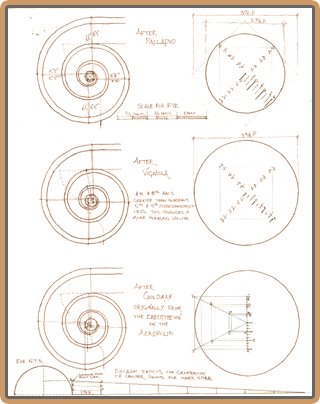I say that as if before today I knew who he was, or even care at this time. But I didn't and I don't. In fact, I think that only Douglas Adams could follow up a non-sequitur such as Douglas Adams. So, while I always wanted The Guide to be finished, I'm very unhappy The Guide will be done by this poser, because more than likely, it'll be done for by virtue of being a palimpsest . Then again, it's not like it should take a lot of effort. Write funny jibberish for 300 pages, occasionally poking fun of the eccentricities of British introverts. Easy money.
On the other hand, this kind of thing makes me very, very happy to be thinking about The Guide:
Cool, huh? Unfortunately, it takes 42 mins 12 seconds, not exactly 42 minutes like the video makes it seem, and this is only true for straight line tubes. Curved tubes can generate varying times, and depending on the tube shape, can get you from A to B in much less time than 42.2 minutes. Nevertheless, it really bugs me that the Gravity Train misses the murine 42 by 12 seconds. I would love a nice round 42, which would validate my geocentric tendencies via the relationship between Earth and the answer to life, the universe, and everything.
So check out my solution to the problem killing OCD sufferers everywhere:
WARNING: DUCK ABOUT TO BORE YOU (even more than usual)
From Newton's law of Gravity, we have:
F=GmM/r2
The density of the Earth is:
ρ=3M/4 π r3
Substituting, we get:
F=4 G π m ρ r/3
Gravity through mass being what delivers the force to drive the object throught the tube, and is dependent on the mass of the two objects and their distance apart. Assuming the mass of the Gravity Train car stays constant, we see that the only variable in the formula is density (ρ), so the greater the density, the greater the force.
Filling in the blanks of the arguement, we apply Newton's second law of motion:
F=ma
The greater the force, the greater the acceleration. The greater the acceleration, the greater the speed. The greater the speed, the less time. And believe me, I really, really want to shave off that 12 seconds. (Hehe, can you feel it? It's like a pinewood derby race...slight alterations shaving off split seconds here and there...woohoo!)
So, the currently mass of the Earth is 5.98 x1024kg, and the current density is 5.52g/cm3: that number being what determined not only the 42 minutes but also the 12 evil seconds. If, the process of aging, Gaia can put on enough poundage around her hips and fat butt to measure in at 5.55g/cm3, she will have increased her density by enough to reduce the Gravity train time by the needed 12 seconds.
Now, the Earth is actually getting more massive day by day through the accumulation of matter from space, from the likes of asteroids, meteoroids, interplanetary dust and even solar wind, to the order of 108kg of nickel/iron blends per year. The average density of that new matter is 7.0g/cm3. Because the density of the new stuff is more than the current stuff, the density of Earth is rising. But, because more stuff is accumulating, this also means that the earth grows in volume by 14286m3/year, and therefore slows down the rate of change of density:
ρnew=Mo+∆M1+∆M2.../Vo+∆V1+∆V2...
or:ρnew=((Mo+x(∆M))/(Vo+x(∆V)))-Mo/Vo
Where Mo/Vo=5.52g/cm3, and the integer value of indices represents the number of years needed to reach 5.55g/cm3.
Applying this, we see Earth's density rises by around 2.11 x 10-9g/cm3 per year. In order to satisfy the need to raise Earth's density by .03g/cm3, this will take a lot of time. 14,218,009 years and 6 months, to be exact. But then the Gravity Train will actually run at 42 minutes even, and I will finally be happy, if only for an instant. And that would be just gravy.



3 comments:
1. Couldn't we invent an "earth compactor" that smashes everything a little closer together? You could go on a crusade with your big machine.
2. Does that video factor in wind resistance? I kind of wonder if you would ever make it out the other end of the tube if you didn't reach the necessary max velocity.
3. The slanty tubes would also have friction because the passenger would rest on the side of the tube, am I right?
4. I can only imagine the scope of the disaster if the guy going from Los Angeles to Paris met the guy coming from Paris to Los Angeles. These would have to be one-way tunnels, which would double their expense.
5. Surely we can build one of these things! Cool!
1. Yours is an example of what I call 'artificial engineering'. Mine is an example of 'natural engineering'. One overcomes the natural properties of physics, the other uses those properties. Right now I'm liking yours better. I'd have to wait less, and I've been likened to a crusader before.
2-4. Of course there are all kinds of logistical impossibilities with Gravity Trains, but 42 is worth the effort!
5. yes, very cool.
gravity trains are used, incidentally, in the wonderful absurdist-literary Thursday Next book series.
Post a Comment